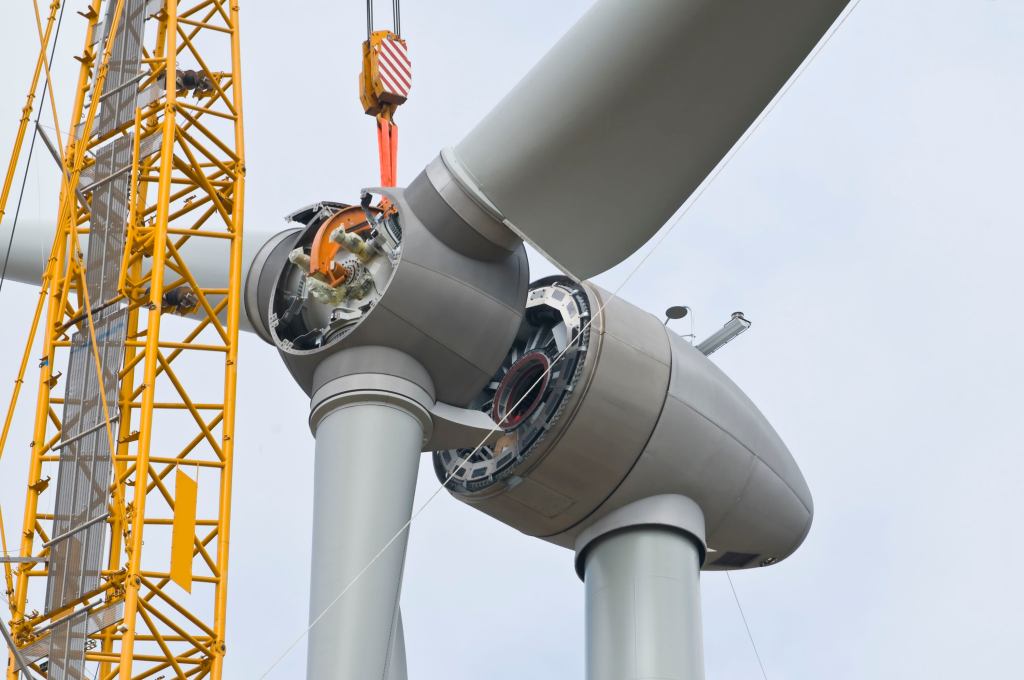Apple has recently announced significant advancements in its commitment to renewable energy, securing contracts for 650 megawatts (MW) of renewable power across Europe and planning substantial investments in China to support its suppliers’ transition to clean energy sources.
European Renewable Energy Projects
In Europe, Apple has entered into agreements encompassing both wind and solar energy projects. These initiatives are either already operational or slated to commence shortly. The energy generated from these projects is intended to offset the electricity consumption associated with Apple products, such as Mac Pros and Apple Watches, which collectively contribute to nearly one-third of the company’s carbon footprint.
Despite Europe’s reputation for limited sunshine, Apple is investing in several solar farms across the continent:
– Greece and Latvia: Each country will host solar farms producing 110 MW of power.
– Spain: A solar farm in Spain is set to generate 131 MW.
– Poland: A 40 MW solar project is underway.
– Romania: Wind farms in Romania will contribute an additional 99 MW.
– Italy: A combined solar and wind portfolio in Italy will add 129 MW to the grid.
Investment in China’s Renewable Energy
Beyond its European endeavors, Apple has committed to investing $150 million in China to assist its suppliers in transitioning to renewable energy sources. This initiative builds upon Apple’s existing efforts, as more than 90% of the company’s manufacturing and production in China are already powered by renewable energy.
Strategic Communication and Industry Trends
Notably, these announcements have been disseminated through Apple’s regional websites rather than its U.S. press site. This approach may reflect a strategic decision to navigate the varying political landscapes regarding renewable energy across different regions.
Apple’s commitment aligns with broader industry trends, as other tech giants are also investing heavily in renewable energy. For instance:
– Meta: In 2025, Meta added over 2 gigawatts of solar capacity to support its operations.
– Microsoft: The company has signed agreements increasing its renewable energy capacity by 1.5 gigawatts within the same year.
Economic and Operational Considerations
The shift towards renewable energy among tech companies is driven by several factors:
– Cost Efficiency: Solar and wind energy have become some of the most cost-effective forms of new power generation, often undercutting traditional sources like coal and natural gas. When combined with increasingly affordable grid-scale batteries, these renewable sources can provide reliable, around-the-clock power.
– Rapid Deployment: Solar farms, in particular, can be constructed swiftly, typically within 18 months. This rapid deployment is advantageous for tech companies that require substantial power for data centers and artificial intelligence operations. Additionally, the phased completion of these projects allows portions of the energy to come online earlier, further accelerating the transition to renewable sources.
Conclusion
Apple’s recent initiatives in Europe and China underscore its dedication to reducing its carbon footprint and promoting sustainable practices within its supply chain. By investing in renewable energy projects and supporting suppliers in their transition to clean energy, Apple not only enhances its environmental stewardship but also sets a precedent for the tech industry at large.



